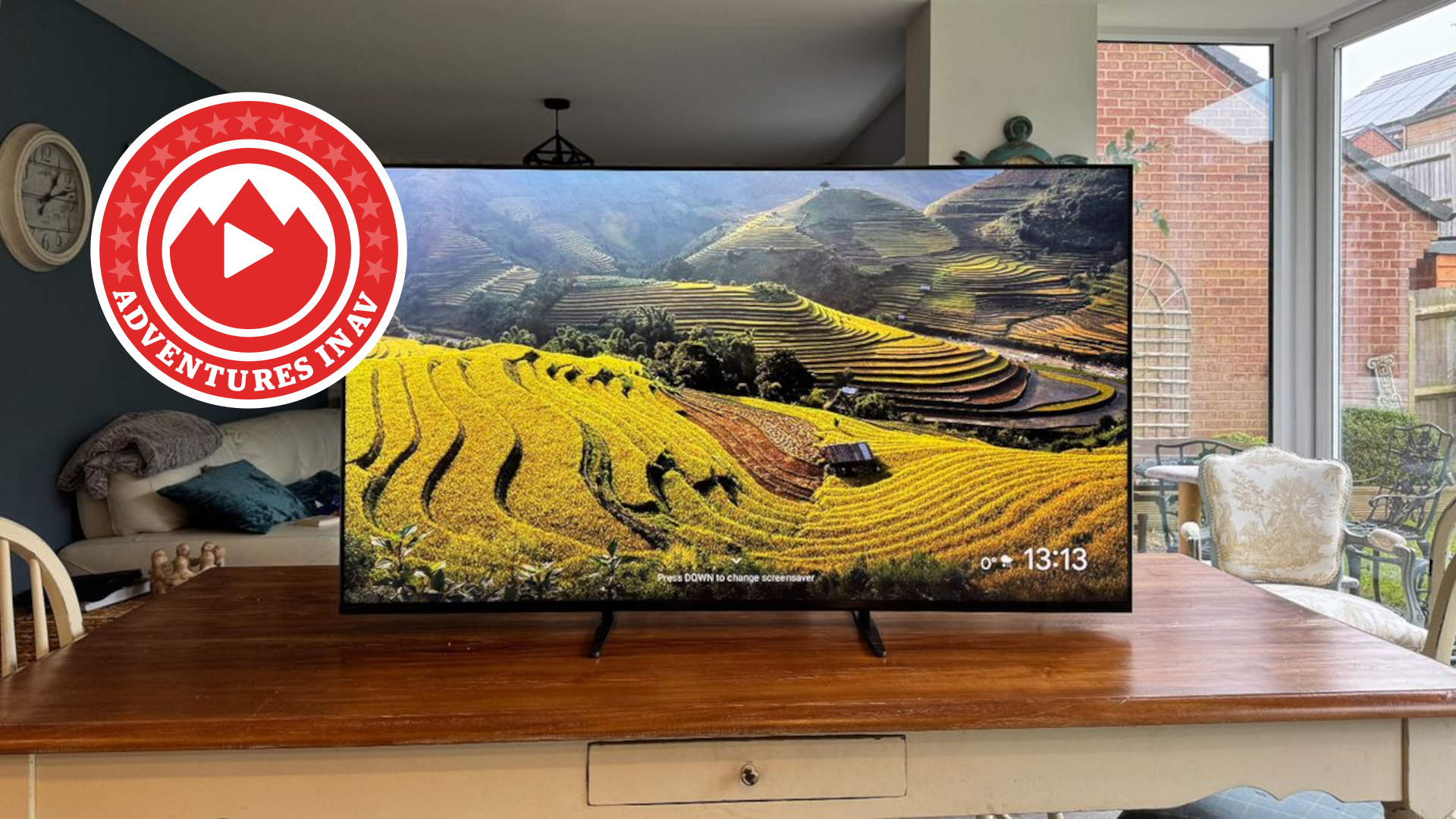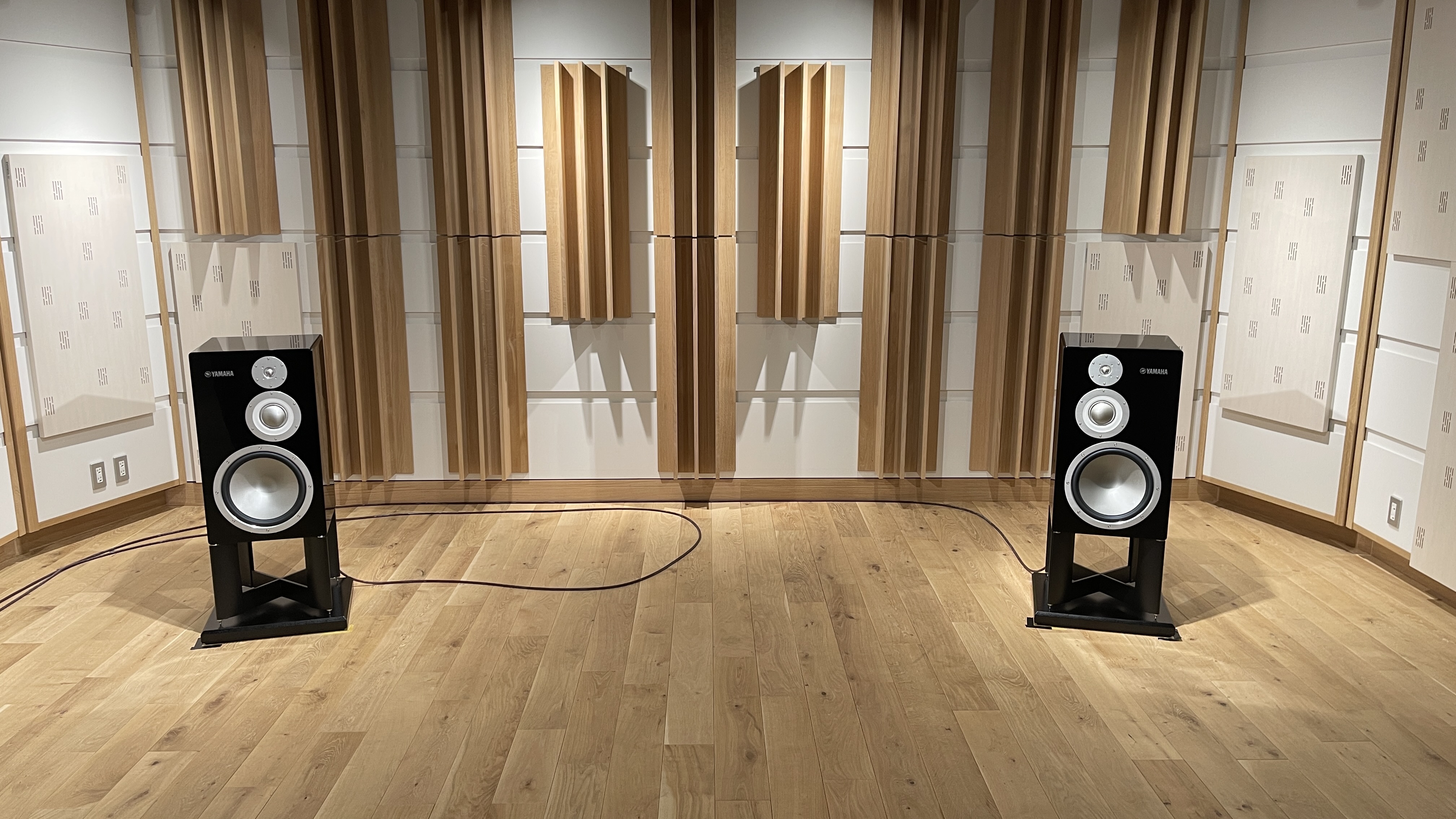Sony has finally cracked my big problem with Mini LED – but should OLED TVs be worried?
It is all about control over razzmatazz

If you have read any of What Hi-Fi?’s recent reviews, or checked our best Mini LED TV guide, you will know that we’ve had a repeating problem with many of the sets we’ve tested with the tech recently.
Specifically, the TCL C855K, Hisense U7N and Amazon Fire TV Omni Mini LED all struggled with light control.
Despite having Mini LED panels, which in theory are better at this than regular LED sets due to their use of smaller LED lights, arranged in tight clusters, the sets all had issues.
The general theme being that they were a little too heavy handed in their attempts to show quite how bright they could go or compensate for the naturally imperfect black levels.
Repeatedly during bright scenes, we encountered instances where the TV would make the image look flat by raising the overall brightness too high.
Conversely, during very dark scenes they would crank their contrast too high in a bid to make blacks look deeper, causing black crush in the process.
In difficult mixed light scenes all three also suffered from varying levels of blooming. This is an annoying issue where there’s a halo around light elements of the picture next to dark segments.
Get the What Hi-Fi? Newsletter
The latest hi-fi, home cinema and tech news, reviews, buying advice and deals, direct to your inbox.
All the problems stem to some degree from the sets’ light control.
Earlier this year I penned a feature specifically calling this out as one of the biggest problems facing Mini LED TVs, lamenting it as a key roadblock stopping the technology progressing in its bid to become a valid rival to OLED in the upper end of the market.
Which is why I was delighted to see a Mini LED pass through our viewing rooms this week that goes a long way to fixing the problem: the Sony Bravia 7.

This is the latest Mini LED from Sony. It sits below the flagship Bravia 9 we reviewed and gave four stars to last year, but shares quite a lot of its core DNA.
These include its advanced backlight tech, Quantum Dot colour system, driven by Sony’s Triluminos technology and latest Sony XR processor.
But it wasn’t anything flashy that caught my eye. It was the Bravia 7’s focus on control and consistency.
This section of our Bravia 7 review nicely sums up what I mean:
“Its backlight controls are so astute and powerful that they’re able to retain most of the brightness punch for bright highlights and most of the black level depth and uniformity for dark areas even with shots that contain a mix of dark and light content.”
Note the word “uniformity”. This is the big thing missing on Mini LED TVs. Most can either deliver bright peaks, or solid blacks in isolation, but never at the same time.
Because the Bravia 7 focuses on control and never pushing too hard, it can offer a consistent picture that doesn’t draw attention away from what's playing on screen.
Does that make it an OLED killer? Not yet.
OLEDs undeniably offer better pixel level light control and perfect blacks in a way Mini LED can’t.
OLED is also innovating at a rapid pace, with step-down models, including the five-star LG C5 we reviewed in March, offering palpable year-on-year performance improvements.
That’s why if you look at our best TV guide, OLED sets dominate our recommendations in the upper echelons of the market..
But, the fact we’ve found a five star Mini LED to recommend is still incredibly positive and shows there’s still plenty of headroom for improvement and top end performance in the competing panel tech.
Here’s hoping this trend continues.
MORE:
These are the best 55-inch TVs we’ve tested
We rate the best OLED TVs
Our picks of the best 65-inch TVs

Alastair is What Hi-Fi?’s editor in chief. He has well over a decade’s experience as a journalist working in both B2C and B2B press. During this time he’s covered everything from the launch of the first Amazon Echo to government cyber security policy. Prior to joining What Hi-Fi? he served as Trusted Reviews’ editor-in-chief. Outside of tech, he has a Masters from King’s College London in Ethics and the Philosophy of Religion, is an enthusiastic, but untalented, guitar player and runs a webcomic in his spare time.
You must confirm your public display name before commenting
Please logout and then login again, you will then be prompted to enter your display name.
